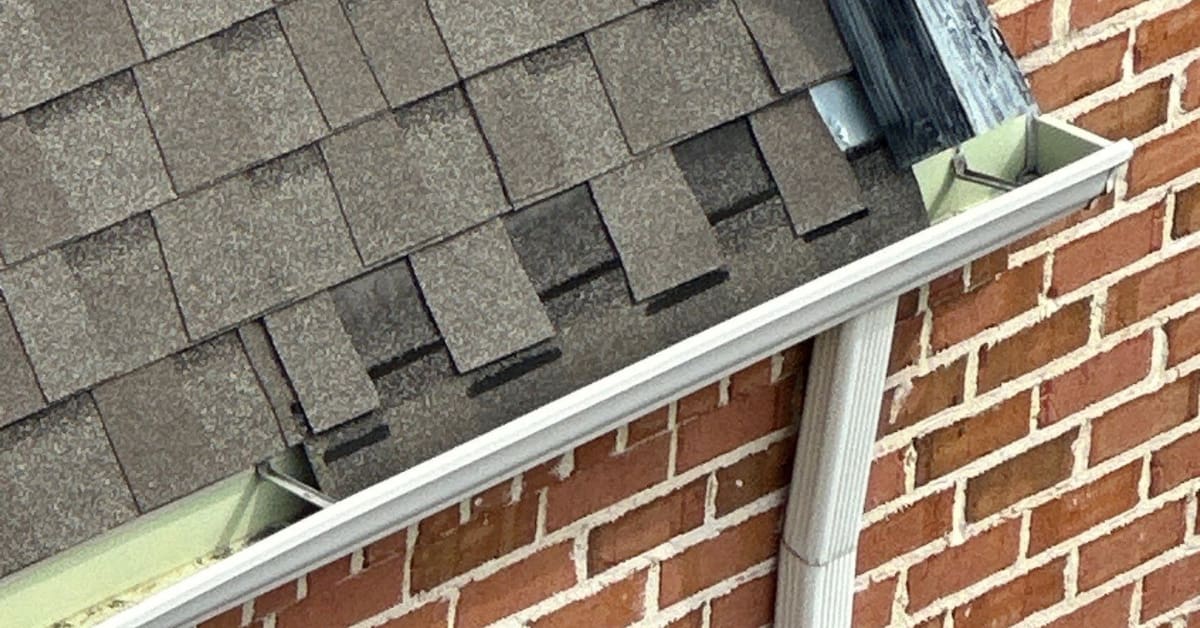-
In Texas, general contractors don’t need a license. That means anyone, regardless of experience or training, can work on your home.
-
This causes problems. We’ve seen roof jobs collapse, siding trap water and mold, and waterproofing skipped entirely. Basic errors a professional wouldn’t have made.
-
Rather than paying to redo the same work, homeowners should be aware of Texas’ unregulated market conditions and find qualified contractors in the first place.
I’ll never forget it. We were called to inspect a new build. It was supposed to be a high-end custom job. Multiple levels, balconies, expensive finishes. But what we found was a mess. The stucco-to-siding transitions were installed incorrectly. Wrought iron windows had been nailed straight into the wall. None of the balconies were sealed properly. It wasn’t just one or two mistakes. Just about every inch of that home was done wrong. And it was a big, expensive home.
Turns out, the home was built just outside the reach of city oversight, so there was no third-party inspection needed. And no accountability. The builder had used the same small crew for everything. Roofing, siding, waterproofing, even window installation. None of them were trained for the work they were doing. And the homeowner didn’t know any of this until the damage had already been done. Now, we’re trying to fix the mess.
That’s what this series is about. Texas doesn’t require general contractors to be licensed. That means anyone can pose as a builder. And we’ve seen what happens when they do. It isn’t always outright fraud. Sometimes it’s just inexperience and trying to make a quick buck.
This article is the start of a larger series on what can go wrong when unqualified builders take shortcuts. Let’s begin by looking at a few common and costly mistakes.
Signs of an Inexperienced Crew
We’ve seen all kinds of exterior problems over the years, but most of them boil down to a handful of familiar issues. Whether it’s a rushed crew, contractors cutting corners, or just plain inexperience, here are a few big mistakes that cost homeowners more in the long run.
-
Roof issues often start with the wrong materials or sloppy installation. We’ve seen crews use shingles that aren’t rated for Texas’ climate, mismatched colors that were never meant to be on the same roof, or nailing patterns that void the warranty before the first storm hits. Flashing is another big one, especially around chimneys, valleys, and vents, where water finds the weak point and starts working its way in. Underneath it all, the decking might be rotted or soft, but instead of replacing it, some builders just shingle over it and hope for the best.
-
Siding problems usually trace back to poor prep work. One of the worst offenders is covering over rot. We’ve seen entire homes where new siding was installed directly over water-damaged walls. Poor fastening is another common issue: nails placed too tight, too shallow, or at the wrong spacing can cause panels to warp or blow off. And flashing or sealants? Might be skipped or a poor substitute is used in their place.
-
Waterproofing and drainage are another big one. When homes aren’t wrapped or flashed correctly, water can get behind the walls and stay there. We’ve opened up homes where the housewrap was torn or never sealed, letting in moisture that had nowhere to go. Drainage is another costly corner to cut: if water collects near the slab because of bad grading or bad gutters, it doesn’t take long for that to become a foundation or mold problem.
Small Mistakes Cause Big Damage
Some of the most expensive repairs we see come from the smallest mistakes. Cheap sealants crack. Drainage gets ignored. Flashing is skipped or poorly installed. By the time the mistake is made clear, the damage has been done and the people at fault may not be easy to track down.
That’s why it’s so important for Texas homeowners to understand the risks of working with a team without verifying their experience. They should have a history of successful builds, a willingness to share references, and demonstrate an expertise that can match the problem you’re hiring them to fix. This shouldn’t be a burden on homeowners’ shoulders, but right now in Texas’ underregulated market, that’s how it is.
In the rest of this series, we’ll go deeper into specific risks: how to spot and turn down shady offers, red flags for a contractor crew, and best practices to make sure the right team is hired to do the job right.
We’re Here to Help
Need more information? If you have any questions or need assistance with damage, contact DFW Roofers at (469) 751-4018 or schedule an appointment through our online appointment form.


